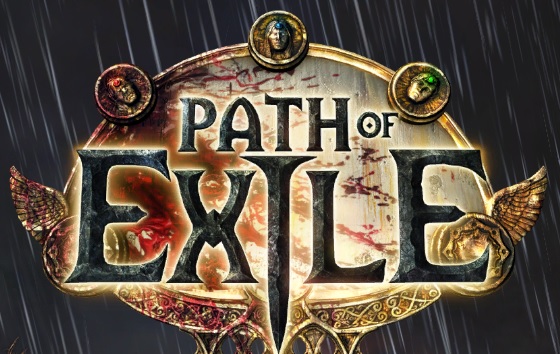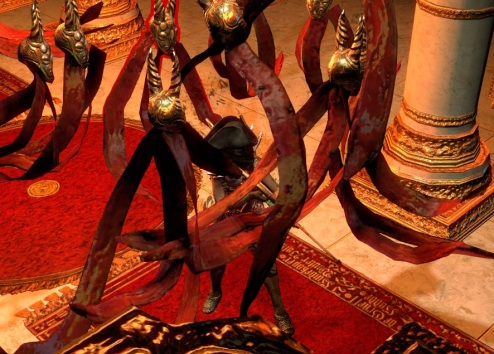I’ve only ever made hardcore characters in Terraria. Everything always started out so well, too: I’d have nearly a whole suit of copper armor and a sturdy, wooden single room shack overlooking some cliffs; it wasn’t much, but it kept the zombies at bay. I’d start my third day full of zest and vigor. Pick in hand, I’d hop into the starting shaft of my hellevator to harvest some more minerals, only to find that I hadn’t built it quite straight enough and my unsuspecting body would splatter across the pixelated chasm I’d created (someone really needs to regulate hellevator construction). Lately, I’ve been passively watching several Path of Exile streams, just leaving them on in the background as I do my daily internetting, and in so doing, I’ve noticed a trend: every popular streamer runs characters in the Nemesis League. Why a hardcore league? Because the potential for a catastrophe to occur draws viewers! But there has to be more to it than that. There has to be something else. I’ve heard over and over that hardcore is way more fun than softcore could ever be, but why? I don’t want to lose my character when I die and the threat of death from problems like desynchronization or, in my case, a random drop of internet service is very real and no one will help recover your character if you lose it that way or any other way. Once a hardcore character dies it’s just dead. That’s it.
The best piece of advice for people looking to get into hardcore in a game like this is not to pretend you won’t die. You’ll die. The game isn’t about building up a single character in hardcore, instead, it’s about building up a stash–a small empire of sorts, the spoils of which can ideally support an entire line of successors. I’ve read that it’s best to think of the game not as an ARPG in the classic sense, but more of a Roguelike. Roguelikes are all about permanent death and working your slow path through randomly (or procedurally) generated dungeons that are generally incredibly difficult to actually finish. Sometimes you’ll win, but you usually won’t. It’s more about the journey.
I decided to give it a shot today and I still haven’t died! I am, however, only at the Ledge on normal difficulty, which I plan to farm a little bit to get some experience before moving forward. I’m running Etup’s Scion axe Spectral Throw build because it looks like a relatively safe, defensive build capable of dealing a lot of damage when necessary. I’m still at a loss for exactly what is so magical about hardcore mode in games like this, but I’ll let you guys know if I figure it out.
How far will I make it? Cast your vote in the blog’s first ever poll!


